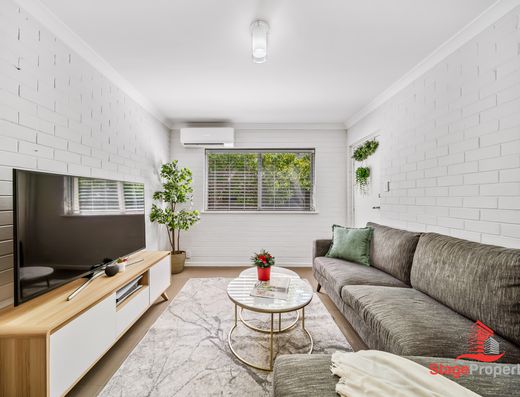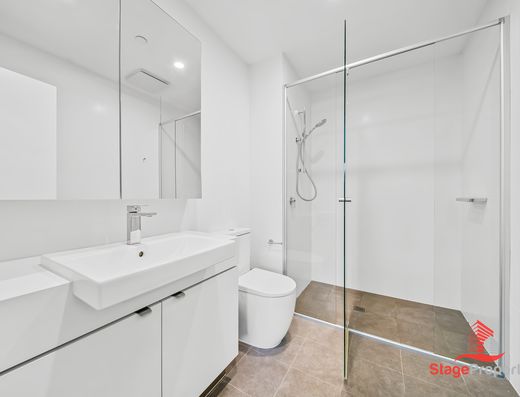Why Perth’s housing market is holding firm in the face of a national downturn
The Perth housing market is continuing to hold steady despite the nation recording a seventh month of decline in November, according to the latest CoreLogic’s Home Value Index.
CoreLogic Research director Tim Lawless said the Perth and Darwin property markets were yet to record any signs of a material reversal in housing prices.
The Perth property market is proving resilient, with home values remaining steady in November.
“A comparatively healthy level of housing affordability, along with tight labour markets and relatively strong economic conditions, have helped to insulate these cities from the downturn so far,” he said.
Across the capital cities, Brisbane and Hobart (both down 2 per cent) led the monthly rate of decline in November, while at the other end of the spectrum, Perth values held firm and Darwin nudged 0.2 per cent higher over the month.
Sydney remains the only city where housing values have fallen by more than 10 per cent from their peak.
The 10 statistical regions in Greater Perth with the highest 12 month growth in value were Kwinana (10.1 per cent) followed by Rockingham (9.7 per cent) and Mandurah (8.7 per cent). Wanneroo, Serpentine-Jarrahdale and Armadale all recorded gains of around 7 per cent. Mundaring, Gosnells, Swan and Fremantle rounded out the top 10.
Strategic Property Group director Trent Fleskens said it was good to see the national data houses finally recognising the strength of the WA housing market.
“As has been forecasted for months now by local experts, despite the negative commentary coming out of the east, Perth’s market has shown exceptional resilience in wake of the current interest rate cycle,” he said.
“Perth will continue to lead the nation in that resilience for the fundamental fact that, contrary to the overheated markets in Sydney and Melbourne, these rate rises make Perth’s property less affordable, but nowhere near unaffordable.
“Until rates rise to a level that makes WA property unaffordable, the fundamentals of rising demand and chronic under supply will prevail.”
The RBA will meet for the last time this year on December 6, where it is expected to lift interest rates to a 10-year high of 3.1 per cent as it seeks to rein in inflation, forecast to reach 8 per cent by year’s end.
Lawless said the trajectory of interest rates remains the most important factor for the outlook of house values.
He said although the RBA could revert to a more aggressive policy stance, there is a good chance Australian interest rates will peak in the first half of 2023, if not in the first quarter.
“In December we are likely to see the cash rate reach 3.1 per cent, if the RBA lifts the cash rate a further 25 basis points, taking the cumulative increase to three percentage points,” he said.
REIWA chief executive Cath Hart said the Perth home value index has hardly changed since May when interest rates started rising.
“The increases have added $760 per month to a $500,000 mortgage since May, while those on a mortgage of $1 million have seen repayments increase $1,520 per month,” she said.
“Rising interest rates have clearly impacted prices and borrowing capacity in the Eastern States.
“Perth, on the other hand is very well-placed to weather the changes in interest rates.
“The Western Australian economy and finances are among the strongest in the world. The population continues to grow and WA has one of the lowest unemployment rates in the country.
“At a recent RBA meeting they noted there were currently more ads for jobs in WA than active candidates.” The top performing suburbs for house price growth in November were Bentley (up 3.1 per cent to $500,000), Subiaco (up 2.1 per cent to $1,675,000), Bayswater (up 2.1 per cent to $720,000), Dawesville (up 2.0 per cent to $520,000) and Falcon (up 1.9 per cent to $453,500).
The other suburbs to record strong house price growth were Sorrento, Parmelia, Kelmscott, Heathridge and Tapping.
Source: The Sydney Morning Herald








